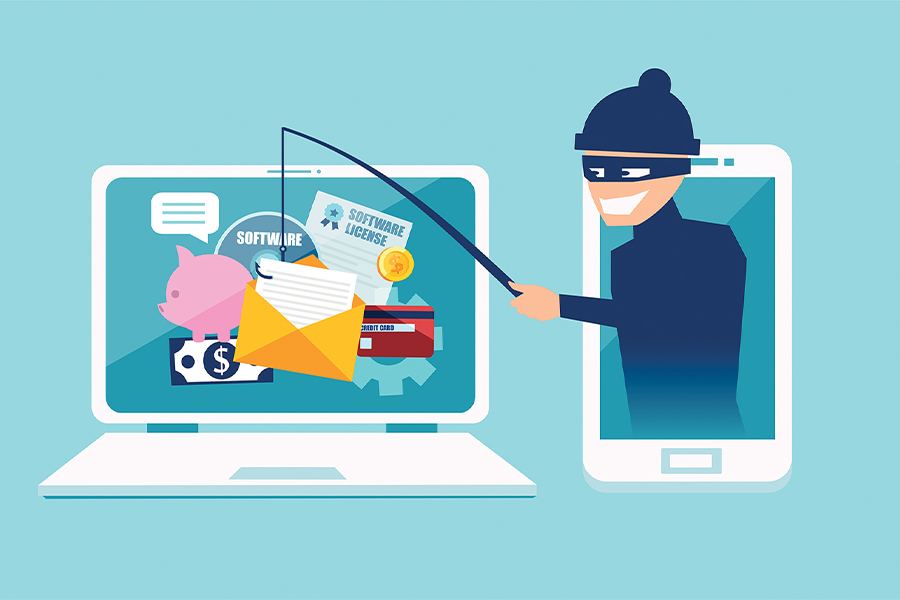Phishing with a “Ph”

Most people are familiar with phishing scams from the news or perhaps their company’s cyber security quizzes, but there are always new ways scammers try to trick people into giving away private, personal information.
What is Phishing?
Phishing is the fraudulent practice of attempting to obtain sensitive personal information (including passwords, credit card numbers and Social Security numbers) by acting as a trustworthy entity, individual or company by means of electronic communication.
Phishing scammers are able to make their messages quite convincing with logos, phony email addresses and clever messaging, so it is easy to be misled. To avoid falling victim to phishing, pay close attention to these five things when you open an email.
How to Identify a Phishing Email
- Sense of urgency
- Generic greeting
- Bad grammar and spelling
- Inconsistent company contact info
- Unfamiliarity with the company (i.e., if you don’t have an account with the company in question)
Always make sure you know and trust the sender before clicking on an email. Even then, names can often be disguised—if the message sounds suspicious or unlike a typical email from the sender, it may be a scam.
What to Do if You Suspect an Email is a Phishing Attempt
It’s important to never share your information via email. If a company requests more personal details, log in to their secure website to provide your response. Take measures to protect your accounts by backing up your data, resetting your passwords frequently and using security software such as AAA’s ProtectMyID, which monitors, notifies and assists you if something appears amiss with your credit. To enroll in ProtectMyID, visit AAA.com/IdentityTheft.
Next Steps if You Have Been Targeted
- If you think you have been targeted, report it by forwarding it to reportphishing@apwg.org.
- To report a phishing text message, forward it to SPAM (7726).
- If you have fallen victim to a phishing scam by providing personal information, visit IdentityTheft.gov.
If You Clicked on a Fraudulent Link that Downloaded Harmful Software
- Update your computer’s security software and run a scan.
- Make sure to change any passwords associated with the accounts.





